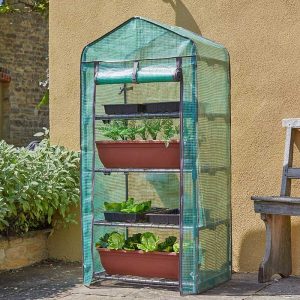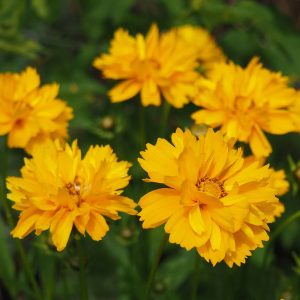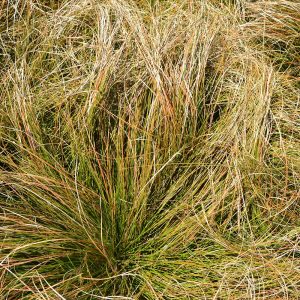Description
Potentilla nepalensis ‘Ron McBeth’ is a perennial herbaceous plant known for its attractive deep red flowers that bloom in summer. This cultivar is named after Ron McBeth, a well-known British horticulturist, and has won the Royal Horticultural Society’s Award of Garden Merit. The plant grows to a height of about 30 cm and spreads to form a clump about 60 cm wide. It has attractive foliage with serrated green leaves that create a bushy and compact appearance. It prefers a sunny or partially shaded position and well-drained soil. Gardeners should deadhead spent flowers to encourage further blooming throughout the season. Potentilla nepalensis ‘Ron McBeth’ is a great choice for a rock garden, border or container, and is popular with pollinators like bees and butterflies.
Key Facts
- Common Name(s):Cinquefoil ‘Ron McBeath’
- Hardiness:Fully hardy
- How big will I get? Potentilla nepalensis ‘Ron McBeth’ can grow to a height of 0.3m and a spread of 0.5m.
- Did You Know That:The genus Potentilla has more than 300 species, which makes it one of the largest genera in the rose family (Rosaceae)?
Plant Calendar
A rough guide to how this plant will change through the year.
| Jan | Feb | Mar | Apr | May | June | July | Aug | Sept | Oct | Nov | Dec | |
| Flowering Time |  |
 |
 |
 |
||||||||
| Foliage Colour |  |
 |
 |
 |
 |
 |
 |
 |
 |
| J | F | M | A | M | J | J | A | S | O | N | D |
 |
 |
 |
 |
||||||||
 |
 |
 |
 |
 |
 |
 |
 |
 |
Care Guide

Soil Requirements
Potentilla nepalensis ‘Ron McBeth’ prefers soil with good drainage and does not tolerate standing water. This plant can grow in soil with a wide range of pH levels, it is not picky about the pH level of the soil.

Best Position
Potentilla nepalensis ‘Ron McBeth’ can handle either an exposed or a sheltered position and requires full sun to thrive, this consists of more than six hours of direct sunshine per day.

Maintenance
Potentilla nepalensis ‘Ron McBeth’ should be cut back after it finishes flowering will promote growth the following year by redirecting energy from seed production and foliage maintenance to root growth.

Pest, Diseases and Wildlife
Potentilla nepalensis ‘Ron McBeth’ is generally pest free, and it tends not to have problems with diseases. It is also known to attract bees. It is not considered to be toxic.





